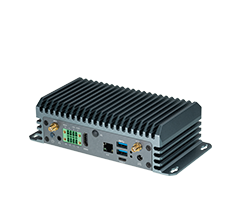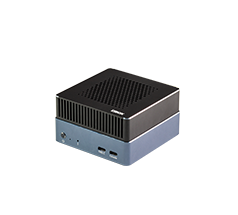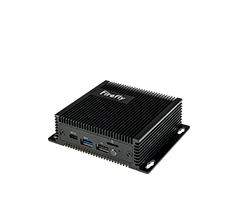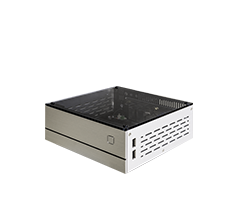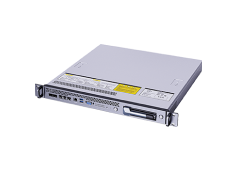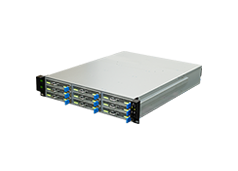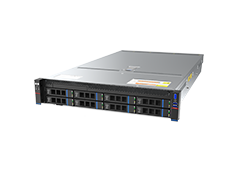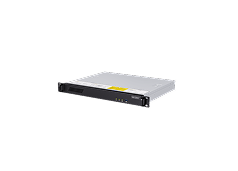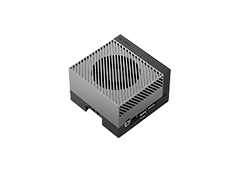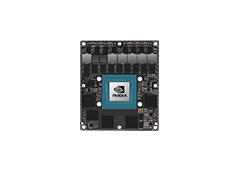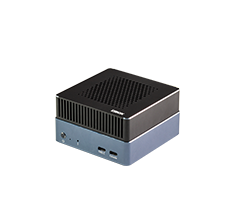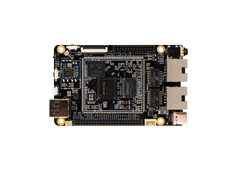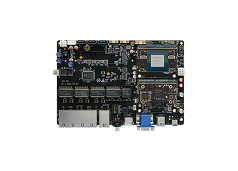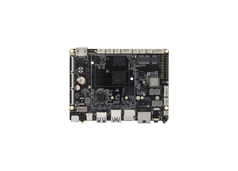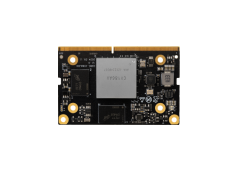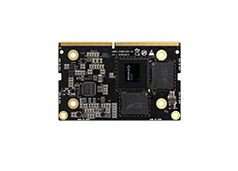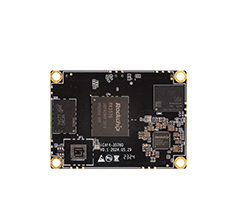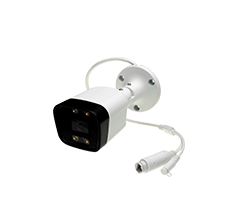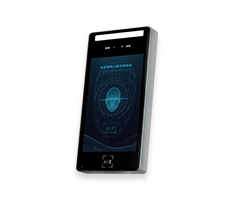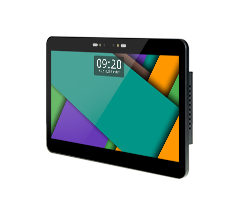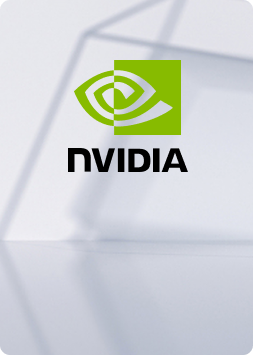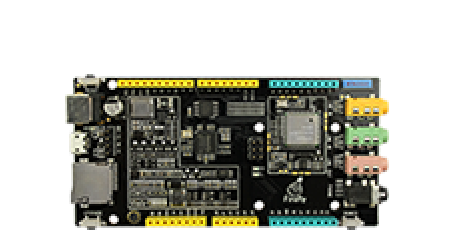Fireduino TFT 图片显示
更新时间:2017-08-08 阅读:14068
目录
Fireduino TFT
Fireduino TFT 采用与传统的Arduino TFT 同属一些列的LCD 驱动器,为ST7735S,与Fireduino 通过I8080 接口连接,比传统Arduino TFT 的SPI 方式 刷新速率快一个级别。
Fireduino TFT库
Fireduino TFT 库 基于ST7735S 驱动扩展 Adafruit GFX 而成的TFT库,Adafruit GFX负责绘制图形,ST7735S 负责驱动LCD 显示屏,它兼容 Adafruit GFX API,Fireduino 连接 TFT 后如下图: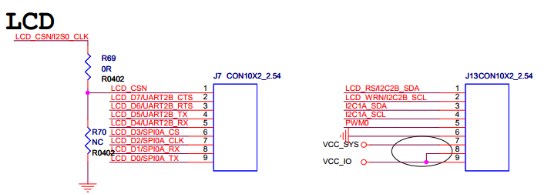

Fireduino TFT 图片显示
本案例演示如何在Fireduino 的TFT配件上显示图像,在TF卡读取文件后,随机定位显示在屏幕上。
硬件要求
1.Fireduino board
2.Fireduino TFT board
3.TF Card
4.图像文件
代码
开始之前
使用TFT 屏幕,首先得包含TFT库以及需要使用到的TF库头文件。
#include <TF.h> #include <TFT.h>
定义你的TFT 屏幕,并创建一个实例对象
TFT TFTscreen = TFT();
有一种特殊的数据类型用于描述图像信息,创建它的对象。
PImage logo;setup()
1.初始化屏幕。
2.设置背景色。
3.显示静态文本提示信息在屏幕。
4.初始化串口,以供信息打印输出。
5.初始化TF卡。
6.从TF卡载入图像文件。
void setup() { // initialize the GLCD and show a message // asking the user to open the serial line delay(1); TFTscreen.begin(); delay(1); TFTscreen.background(255, 255, 255); TFTscreen.stroke(0, 0, 255); TFTscreen.println(); TFTscreen.println(F("Arduino TFT Bitmap Example")); TFTscreen.stroke(0, 0, 0); TFTscreen.println(F("Open serial monitor")); TFTscreen.println(F("to run the sketch")); // initialize the serial port: it will be used to // print some diagnostic info Serial.begin(9600); while (!Serial) { // wait for serial port to connect. Needed for native USB port only } // clear the GLCD screen before starting TFTscreen.background(255, 255, 255); // try to access the SD card. If that fails (e.g. // no card present), the setup process will stop. Serial.print(F("Initializing SD card...")); if (!SD.begin()) { Serial.println(F("failed!")); return; } Serial.println(F("OK!")); // initialize and clear the GLCD screen TFTscreen.begin(); TFTscreen.background(255, 255, 255); // now that the SD card can be access, try to load the // image file. logo = TFTscreen.loadImage("arduino.bmp"); if (!logo.isValid()) { Serial.println(F("error while loading arduino.bmp")); } }
loop()
1.判断图像文件的正确性。
2.随机生成图片显示的位置。
3.把图片显示在屏幕上。
void loop() { // don't do anything if the image wasn't loaded correctly. if (logo.isValid() == false) { return; } Serial.println(F("drawing image")); // get a random location where to draw the image. // To avoid the image to be draw outside the screen, // take into account the image size. int x = random(TFTscreen.width() - logo.width()); int y = random(TFTscreen.height() - logo.height()); // draw the image to the screen TFTscreen.image(logo, x, y); // wait a little bit before drawing again delay(1500); }
例程序 -- TFT 图片显示
// include the necessary libraries #include <TF.h> #include <TFT.h> // Arduino LCD library TFT TFTscreen = TFT(); // this variable represents the image to be drawn on screen PImage logo; void setup() { // initialize the GLCD and show a message // asking the user to open the serial line delay(1); TFTscreen.begin(); delay(1); TFTscreen.background(255, 255, 255); TFTscreen.stroke(0, 0, 255); TFTscreen.println(); TFTscreen.println(F("Arduino TFT Bitmap Example")); TFTscreen.stroke(0, 0, 0); TFTscreen.println(F("Open serial monitor")); TFTscreen.println(F("to run the sketch")); // initialize the serial port: it will be used to // print some diagnostic info Serial.begin(9600); while (!Serial) { // wait for serial port to connect. Needed for native USB port only } // clear the GLCD screen before starting TFTscreen.background(255, 255, 255); // try to access the SD card. If that fails (e.g. // no card present), the setup process will stop. Serial.print(F("Initializing SD card...")); if (!SD.begin()) { Serial.println(F("failed!")); return; } Serial.println(F("OK!")); // initialize and clear the GLCD screen TFTscreen.begin(); TFTscreen.background(255, 255, 255); // now that the SD card can be access, try to load the // image file. logo = TFTscreen.loadImage("arduino.bmp"); if (!logo.isValid()) { Serial.println(F("error while loading arduino.bmp")); } } void loop() { // don't do anything if the image wasn't loaded correctly. if (logo.isValid() == false) { return; } Serial.println(F("drawing image")); // get a random location where to draw the image. // To avoid the image to be draw outside the screen, // take into account the image size. int x = random(TFTscreen.width() - logo.width()); int y = random(TFTscreen.height() - logo.height()); // draw the image to the screen TFTscreen.image(logo, x, y); // wait a little bit before drawing again delay(1500); }


